
There is nothing more unnerving than discovering termites or termite damage in your home. All you want to do is get rid of them!
How long the termites have been eating your home and the damage they may have caused, brings fear and uncertainty. Termite infestations can be solved with a little more knowledge and the advice of a qualified pest inspector. He will carry out a thorough termite inspection and advise you on what action to take.
If you do not identify a termite problem on your property early enough, the results can do serious damage. So do not be left in the dark with this destructive pest, read on for everything you need to know about Australian termites and to help you identify a colony infestation in your home before it is too late.
1. Why Do Termites Enter Your Home?

Australia has over 300 species of termites but only a few cause problems. The species of termites that live underground cause the destruction. Subterranean termites make their home in wood or soil in the ground. They tunnel to search for wood or any material that contains cellulose, like timber.
https://www.youtube.com/watch?v=L79OXbA5vow
If their food source in nature is reduced, termites look to other food sources such as your home! They easily enter your home via any wood debris in contact with the soil.
Termite treatment and home repair bills are expensive, so best to clear the outside of your home from any wood debris and have regular termite inspections by a pest control company.
2. How do I Tell If They are Ants or Termites?

Termites do not come out in the open very often and when they do, they are visible to the human eye. They are a similar size to ants but have distinguishing features that make it easy to tell them apart. The main difference is the body shape as the termite has a tube-shaped body whereas an ant has segmentation and a pinched waist. Termites also have straight antennae in comparison to the bent antennae of an ant.

Subterranean ants can be mistaken for black ants because they are similar in size. Unlike the much darker black ants, they are paler in colour and named white ants in comparison. Worker ants are the most common as they are responsible for all the work that goes into supporting and maintaining the colony.

Winged termites or swarmers are larger than workers and can be spotted more easily. These winged termites can be confused for moths. They fly out from their colony in search of new places to reproduced and establish new colonies. Swarmers have two pairs of flat wings which are discarded once a mate is found.
3. How do you Know if you Have Termites in Your Home?

Depending on the size of the termite colony it can take anywhere between 2-5 years for serious damage to happen. Mature infestations can vary between sixty thousand to two million termites.
There are several signs that termites may be wreaking havoc on your home
- Noises in walls. One sign is quiet clicking sounds coming from your walls. Soldier termites make a clicking sound as they chew through wood They bang or shake their bodies against the walls of their tunnels when disturbed to signal danger to the other termites.
https://www.youtube.com/watch?v=y1RE5OEuWQg
- Evidence of swarms: Swarmers lose their wings soon after finding a mate. So, finding wings on the ground may be a sign of the start of an infestation or a current infestation which had reached maturity.
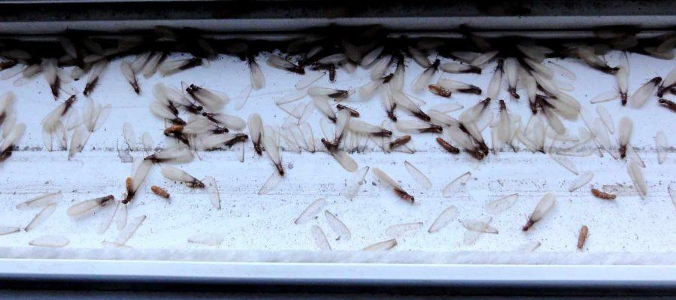
- Mud Tunnels: Termites use mud tubes to move between structures and their nests to find food. If you see these patterns in logs or pieces of timber around your house in brick foundations or architraves then they have invaded!.
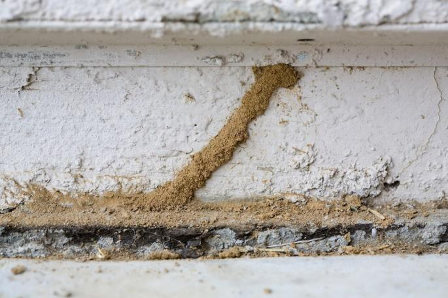
- Hollow-sounding or damaged timber: When you knock a wooden structure in the home, and it sounds hollow this means that the termites have eaten away the timber. You may see wood which has grooves in it as well as the wood having a honeycomb appearance which can make the door sound hollow. Another sign is if you accidentally knock skirting boards, architraves, or door jambs and they are easily damaged, sometimes you can even poke your finger through the damage!
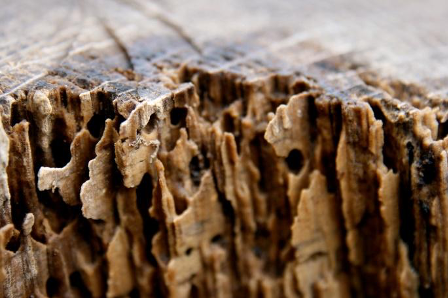
- Sagging floors or doors: Termites produce moisture as they eat through the wood which can cause wood to warp and change the shape of door and window frames.
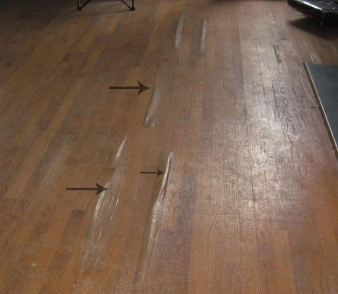
- Blisters in Wood flooring: Indicates termites are feeding within or below the flooring. The same is true for windows and door frames. The result is that the surface of the floor might look like it has blistering that looks like water damage.
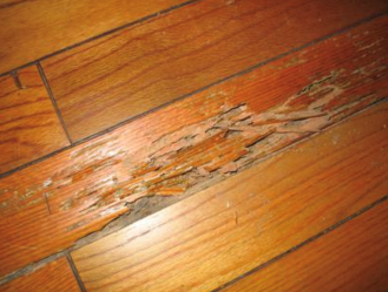
- Cracks in wood, plaster, or paint: As the internal structure of the wood crumbles clear cracks in beams or paint on wooden surfaces degrades.
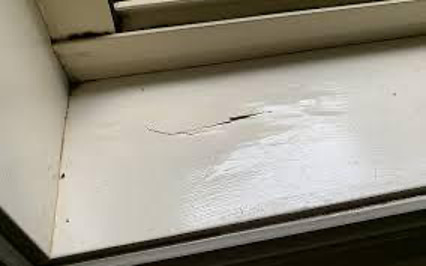
- Termite droppings: Termites eat the wood as they create tunnels and push their droppings outside the tunnel to keep them clean. This leaves black marks and powdery substances which vary in colour and resemble sawdust or ground coffee near areas of infestation.
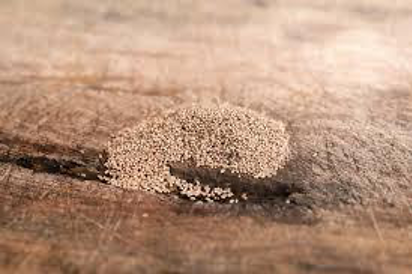
- Power Failure: Termites are attracted to the warmth of electrical fittings behind the wall. As well as chewing through electrical wires termites may also dislodge them. If this happens you may get problems with the home’s electrical lighting and heating systems.
4. What happens in a Termite Inspection?
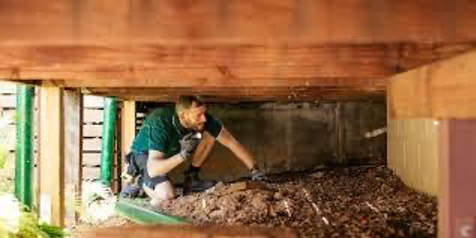
A termite inspection is a visual inspection of the accessible areas of a home for evidence of termite activity or termite damage. It is especially important to be present at the time of inspection.
A termite inspector should check:
- All accessible timbers in the house, including roof cavities
- All accessible timbers under the house in the sub-floor
- Interior and exterior of the home including the slab edge and footings
- Interior and exterior of, sheds, garages, and gardens
- Fences
- Trees and stumps
- Any other timber structures on the property, up to 50metres from the main building
- The presence and effectiveness of visible and accessible termite barriers
- The vulnerability of the property to termite infestation in subfloor ventilation, drainage, and damp areas
The pest inspection report should include details of the areas inspected including any areas which were inaccessible and termite activity. A termite management plan should be put into place if termite activity is found. A termite inspection is recommended every year.
5. How do you Make Your Home ‘Termite Unfriendly’?
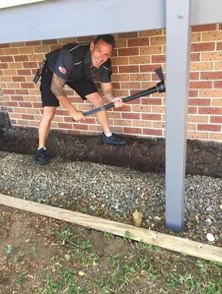
To reduce the risk of termites you need to reduce the moisture IN and UNDER your home, damp spots are extremely attractive to termites. If you cannot see the edge of the building you will not be able to see any termite ‘break-ins’
- Fix any water problems such as condensation because of insufficient ventilation, leaks from pipes, poor drainage, and damp patches.
- Make sure ground water drainage flows away from your home and that the ground level is sloping away from the house or install soil drainage systems. Install fans if there is a damp sub floor.
- Avoid the temptation to keep storage items under a sub floor including wood and cardboard boxes, they reduce ventilation and are food for termites.
- Do not have a garden watering system or have the need to water a sizeable plants bed adjacent to the house.
- Mulch and stored firewood should be away from the perimeter of your home. Some mulch comes treated with an insecticide and is classed as termite resistant timber.
- Use pebbles or blue metal around the perimeter and use pots to put plants in.
- Firewood should be stored off the ground or on metal framework.
- Make sure shrubs or garden beds are well clear of building edges and the small gaps constructed between the bricks to let the water out (weep holes).
- Ensure roof guttering and downpipes are cleared regularly and do not leak. Check that water from your garden will discharge correctly into the storm water drains.
- Ensure any external taps are not dripping and preferably have a drain underneath.
- Check that there are no leaks in the kitchen, laundry, or bathroom.
6. How do you Protect Your Home from Termite Infestations?
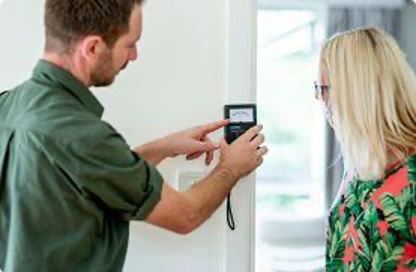
If you notice or identify any termites in and around your home, you need to have all areas checked by a professional who has good reviews. Once you understand the extent of the infestation, you can then evaluate what steps to take to remove the problem and administer a full extermination.
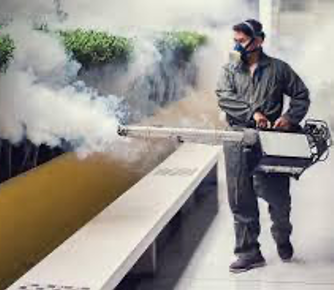
Before buying a home, it is advised to have and above-board Building and Pest inspection by a recommended specialist. He should then identify critical pest issues and if there is evidence of any inadequate building practices which have caused infestations to begin. To keep your home safe from further damage they can recommend a prevention program for the future.
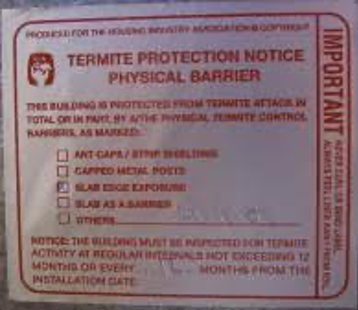
The Building Code of Australia requires all new homes and extensions to have a termite management system in place. Homes built after July 1995 must have a ‘Durable Notice” which must be permanently fixed to the building in a prominent location such as a meter box indication
- The termite management system used
- The date of installation of the system
- Where a chemical is used and its life expectancy
The installer’s or manufacturer’s recommendations for future inspections.
7. What types of Physical Barriers will Manage the Entry of Termites?

If you are building a new home or doing a large renovation, it is wise to put in appropriate physical or chemical barriers. Some can be retrofitted after construction, but it is easier to install them during construction.
There are three types of termite management:
Physical barriers will not kill termites but will put off termites from entering your home. They are permanent and non-toxic and will generally not require much or no maintenance. There are four types
- Woven stainless steel mesh or finely graded stone particles which are installed in a concrete slab and cavity walls around pipe openings etc. This will deter termites getting through concealed entry points.
- Metal Termite shields (or ant caps). It is easier to detect their mud tunnels on metal caps.
- Composite systems which include chemically treated plastic or fabric sheets containing chemicals but will degrade over time.
- Reticulation systems which are piping fitted under slabs and around the edges of buildings as access points for insecticide injections.
8. Which Chemicals are Used in Termite Management?
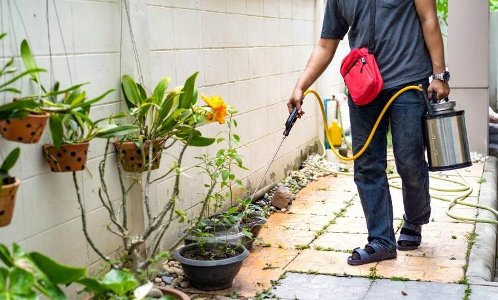
Chemical barriers which are applied under and around concrete slabs or around footings or building piers. These require maintenance and renewal. They create an area of treated soil that could be effective for several years.
- Synthetic Pyrethroids such as Permethrin or Bifenthrin, are pesticides taken from the naturally occurring Pyrethrins of dried Chrysanthemum flowers.
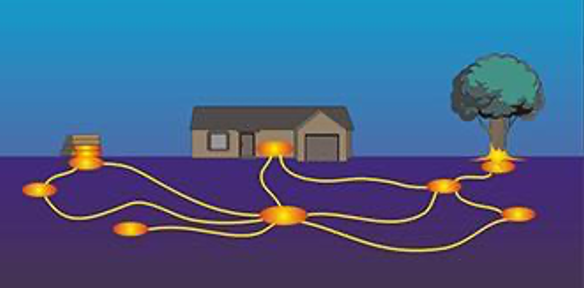
Fipronil and Imidacloprid which are non-repellent, resulting in the termites travelling through a treated zone and taking it back to the colony, contaminating other termites.
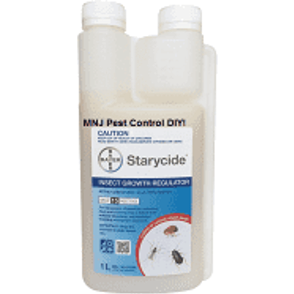
Arsenic trioxide (toxic to humans) has been replaced with less toxic insecticide growth regulators (IGRs) like Triflumuron. This blue powder can eventually eliminate an entire colony.
9. How do Monitoring and Bait Stations Work?
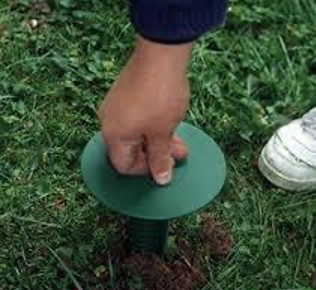
Monitoring and Bait stations are less toxic but more pricey alternatives that require regular maintenance. They use small amounts of low toxic IGR – insect growth regulator, that affects the termite’s exoskeleton and kills them without harming other animals. They use the termites’ natural behaviour to attract and kill them.
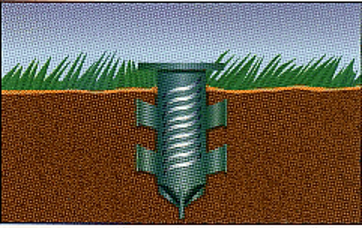
The bait stations contain wood usually Tasmanian Oak which is particularly attractive to termites. The cellulose in the timber is eaten and shared by the colony. The bait stations are placed in the ground in the vicinity of the house. The wood contains an additive which makes termites sick and weak, they are unable to eat properly or reproduce. The IGA works by preventing the termite from shedding its exoskeleton which they do many times a year. The bait is taken back to the colony which is eventually wiped out.
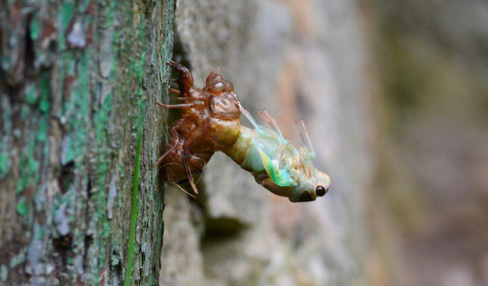
Termite bait system are designed to be placed in the ground level with the soil, so they are not a trip hazard. They are safe for your pets as they are buried underground and secured with a cap. If bait stations are needed to be installed in paved areas, a 90mm core hole is cut and covered with a stainless-steel cap. As a rule, they are placed every 3 meters around the perimeter of the property and can work for 10 years or more. Bait must be added to replenish the stations.
10. How much does termite control cost?

The cost of termite treatment can vary greatly from a few hundred dollars to several thousand dollars. It depends on several factors including the extent of termite damage and infestation.
Effective treatments will depend on what species of termites you have and where the termites are located. The size of the infested area and the severity of infestation and type of treatment recommended will determine the rates charged. Often the treatment of the complete building structure will be required. This treatment of existing termite activity and guarantee for on-going protection for the treated building could be offered for up to 8 years.
The only true way to find out how much a termite treatment cost will be is to get a well-qualified Pest Control technician to visit the site and discuss your options.
Regularly inspecting your home to check for these signs can help you detect termite problems when they are still a nuisance, rather than waiting for them to be a serious problem.
